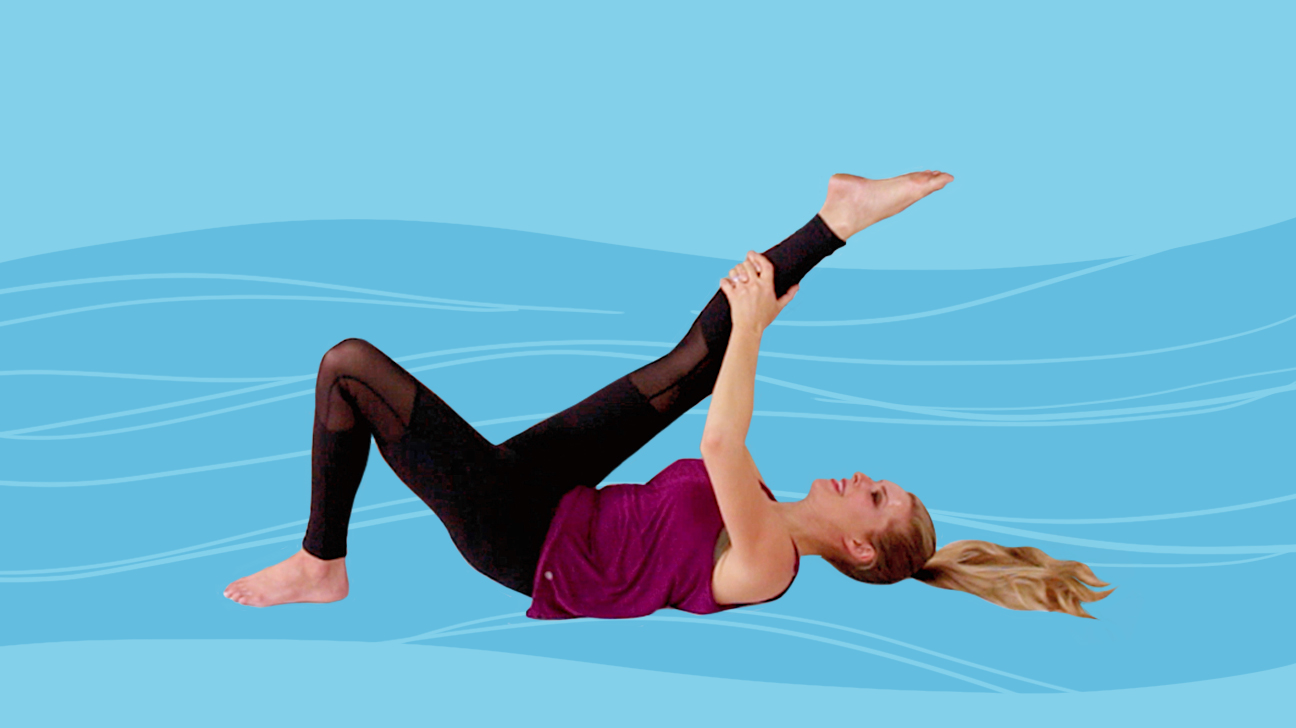The best exercises for fibromyalgia

Exercise can help ease fibromyalgia pain and help you cope with the condition. Read on to learn some of the best types of workouts to ease symptoms. Fibromyalgia exercises can reduce pain and make fibromyalgia more bearable.

Fibromyalgia causes chronic pain in the body. Constant muscle and tissue sensitivity can also lead to sleep problems. Pain that can be quite severe originates in parts of your body known as “soft spots.” Painful areas may include the following:
- Neck.
- Back.
- Elbows.
- Knees.
Table of Contents
Choose the best exercises for fibromyalgia.
Generally, there is no “best” activity for fibromyalgia. But remember, some activity is better than none! Choose from all of these, the activities you enjoy (or at least find tolerable) and locations that are convenient for your work or home.
This will make it easier for you to start participating in them and, more importantly, make them a routine.
When choosing exercises for fibromyalgia, be aware of your physical limitations and make adjustments to meet your needs. There are many ways to do this, including reducing the intensity of a movement. For example, if an aerobics DVD requires you to jump a lot instead, try to march better.
Or if a treadmill (weight-bearing) is too strenuous on your joints, try a stationary bike or the pool instead. Minor adjustments like these can make activities more comfortable so you are more likely to do them and get more of them.
These activities increase your heart rate and breathing rate, as well as your body temperature for sweating. If you are thinking about adding structured exercise to your life, start with aerobic activities (walking, swimming/aqua aerobics, running, biking).
These are the normal responses to exercise. Aerobic activities generally lead to greater benefits for fibromyalgia symptoms. Consider adding flexibility training and strength training later after your body has adapted to the general increase in activity.
Check out the following list of exercises for fibromyalgia that can give you a guideline on how to get started with a routine on your way to getting rid of this chronic condition in a big way:
The best exercises for fibromyalgia.
The good news is that there are various treatments for this condition, ranging from diets to physical exercises, which, although they do not completely eliminate this condition, do give significant relief if you know how to do it well.
Get active.
Many doctors recommend an exercise program as the first line of treatment for fibromyalgia. This is before any type of medication has been considered. Even if your doctor prescribes medication for your condition, it is important to stay active. Movement should be a key part of your overall treatment plan.
Research shows that 12 weeks of moderate aerobic training, combined with strength training, can improve your pain and general well-being. Regular exercise is one of the most effective ways to treat fibromyalgia.
Walking works.
Walking is considered the number one way to exercise for fibromyalgia. That’s because it is a low-impact aerobic activity. Walking safely can bring oxygen to your muscles and decrease your pain and stiffness.
The American Heart Association (AHA) confirms that shorter periods of exercise throughout the day can be almost as beneficial as long ones. It is suggested that you start slowly, for example with 10-minute walks. Then build up to 30 minutes of walking a day.
Swimming in warm water.
Hot water and light exercise make a calming combination to help ease fibromyalgia pain. Research showed that exercise in a pool was superior to exercise at the gym or exercise at home in relieving fibromyalgia symptoms. Research suggests this may be due to the reduced impact on joints from exercise-based pool exercises.
Stretching.
You don’t have to sweat for exercise to be useful. For fibromyalgia patients, it is advised that simple activities can make a big difference. For example, try:
- Gentle stretching.
- Relaxation exercises.
- Maintain good posture.
Be careful not to overdo it. Avoid any stretching that causes pain. It’s best to stretch your stiff muscles after you’ve completed some light aerobic exercises. This will help you avoid injury. Other tips for a healthy stretch include:
- Move gently.
- Never stretch to the point of pain.
- Hold light stretches for up to a minute to get the best benefit.
Do light lifts.
Strength training can significantly reduce fibromyalgia pain, while improving overall well-being. Strengthening workouts that involve resistance machines or free weights are appropriate. As long as the intensity is slowly increased and very low weights are used.
It starts as low as 2 to 5 kilos. Regular strength training can result in a significant drop in:
- Pain.
- Soft spots.
- Depression.
Tasks count too.
If you’re not good at the gym or have too much fatigue or pain for more vigorous workouts, gentle exercise can still help.
A study found that even vacuuming or scrubbing helped people with fibromyalgia feel less pain and function better. According to the results of the study, just 30 minutes a day spent doing these types of tasks made a difference.


